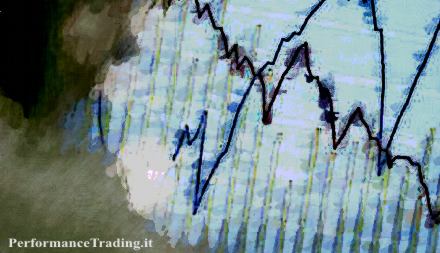
It is demonstrated in this paper that the exchange rate "overshoots the overshooting equilibrium" when chartists are introduced into a sticky-price monetary model due originally to Dornbusch (1976). Chartists are introduced since questionnaire surveys reveal that currency trade to a large extent is based on technical trading, where moving averages is the most commonly used technique.
Moreover, the surveys also reveal that the importance of technical trading depends inversely on the planning horizon in currency trade. Implementing these observations theoretically, and deriving the exchange rate's perfect foresight path near long-run equilibrium, it is also demonstrated in this paper that the shorter the planning horizon is, the larger the magnitude of exchange rate overshooting. Finally, the effects on the exchange rate's time path of changes in the model's structural parameters are derived.
Prof. Mikael Bask and Carina Selander

Summary:
• Formal analysis of the model
• Adjustment path to longrun equilibrium
• Appendix